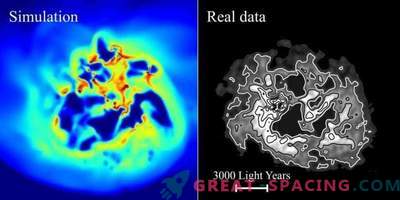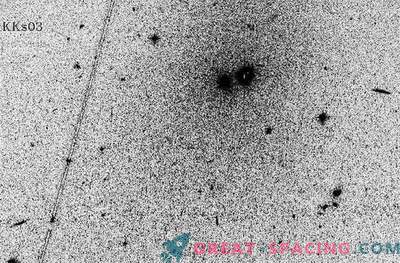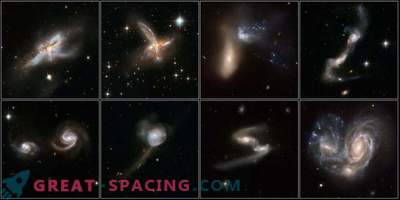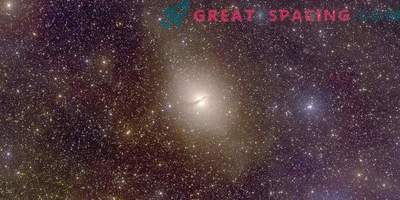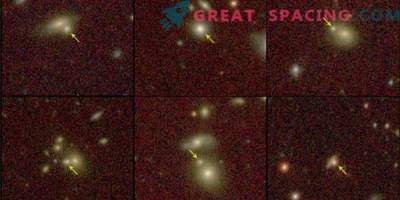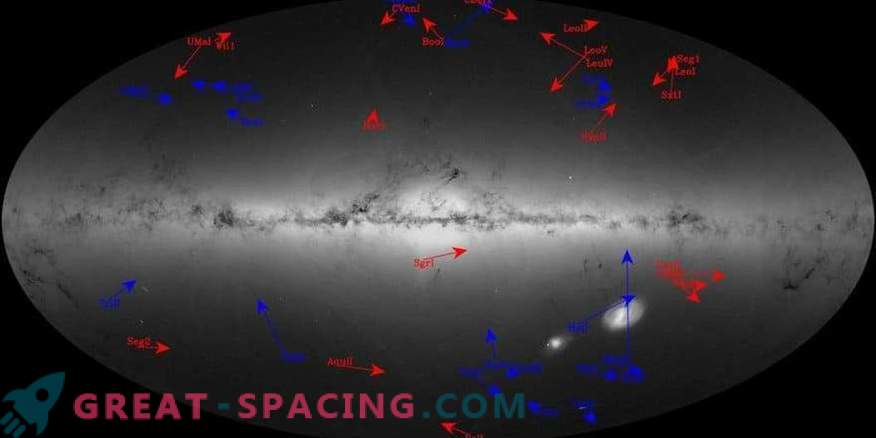
An international team of scientists used data from the Gaia ESA satellite to measure the motion of 39 dwarf galaxies. This information provides valuable information about the dynamics of these galaxies, their history and interaction with the Milky Way galaxy.
Around the Milky Way there are many small dwarf galaxies, which are tens of thousands and millions of times less bright than ours. In addition, the dwarf galactic type of smaller stars. Such measurements could not be performed until the second release of Gaia data, because the information on 29 galaxies remained foggy.
In the study, scientists found that many of the dwarf galaxies are moving in a plane called the extensive polar structure. The origin of this formation is still mysterious, but the characteristics challenge the cosmological models of the formation of galaxies. In addition, the Large Magellanic Cloud was found in this polar structure.
The study showed that the orbits of some dwarf galaxies are approaching the inner regions of the Milky Way. Gravitational attraction from the Milky Way to other galaxies can be compared with the action of tides. Some of these galaxies are likely to be perturbed and stretched, resembling a stream.
But here new questions arise. For many years, some of the found galaxies showed specific characteristics that may be due to the tidal disturbance of the Milky Way galaxy (for example, Dwarf Galaxy in Kiel). But their orbits do not support this hypothesis. There is also an option that was caused by collisions with other dwarf galaxies. Scientists have found that many of the studied galaxies are close to the pericenter of their orbit (the nearest point to the center of the Milky Way). But physics indicates that they must spend most of their time near the point furthest from our galactic center. All of this hints that there are more galaxies in this territory that are yet to be discovered.
Dwarf galaxies are important to study, because they allow to detect dark matter. Therefore, they can be used on the outermost parts of the Milky Way. It is believed that dark matter accounts for 80% of the total mass of the universe. But it can not be observed directly, and the search and understanding are moving forward with difficulty. The motion of celestial bodies, like dwarf galaxies, can be used to measure the total mass of matter in volume. Specific data indicate that the amount of dark matter in the Milky Way reaches 1.6 trillion. solar masses.
